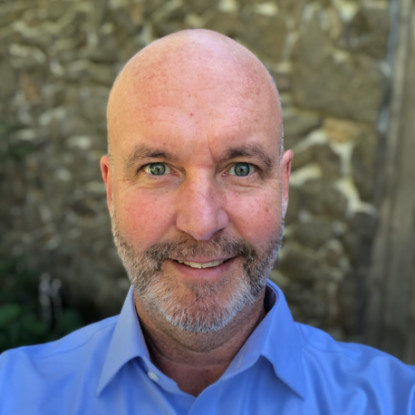Contact Information
Office Hours Spring 2025
Monday 1:00pm - 2:00pm
Tuesday 12:30pm - 2:30pm (by appointment)
Thursday 1:30pm - 2:30pm
- (509) 313-6764
- gardnerj@gonzaga.edu
Education & Curriculum Vitae
Ph.D., Political Science, University of California, Santa Barbara, 2005.
M.A., Political Science, University of California, Santa Barbara, 1998.
M.A., International Studies, Claremont Graduate University, 1994.
B.A., Political Science, Cal Poly, San Luis Obispo, 1991.
Courses Taught
POLS 101: Introduction to American Government
POLS 319: American Foreign Policy
POLS 303: Constitutional Law, Civil Liberties and Rights
POLS 323: Constitutional Law, Institutional Powers"

